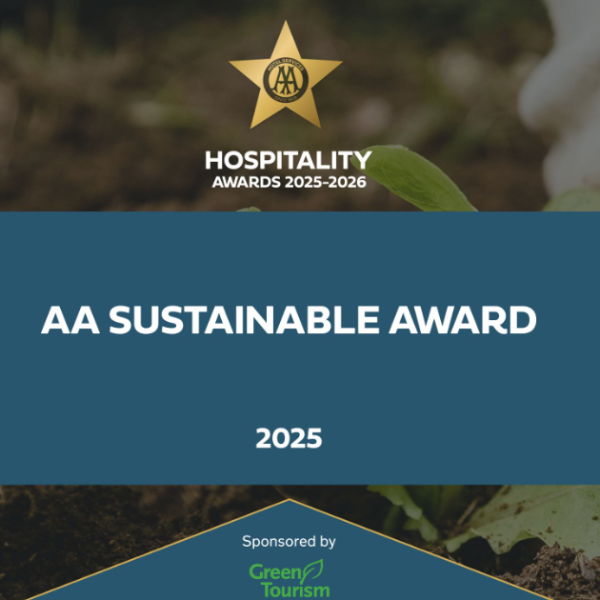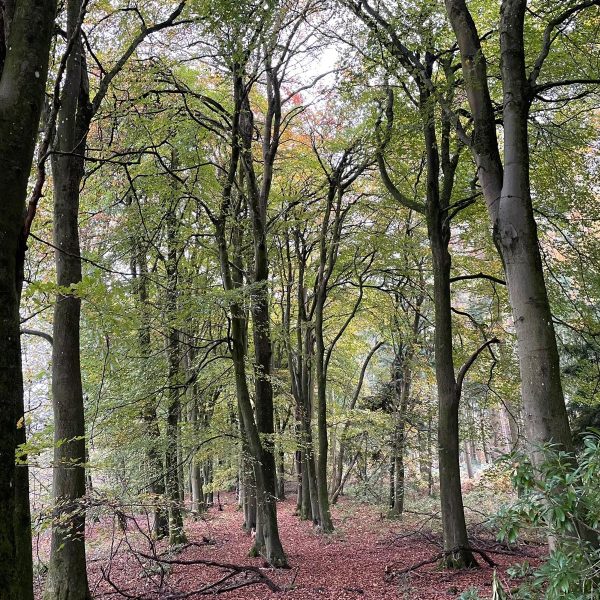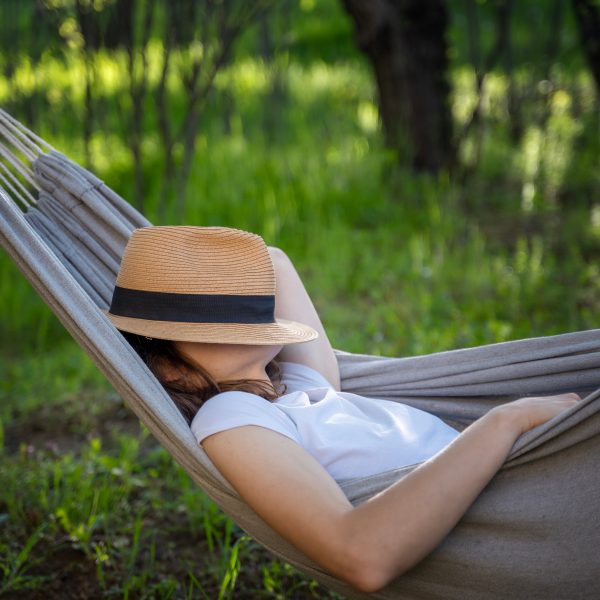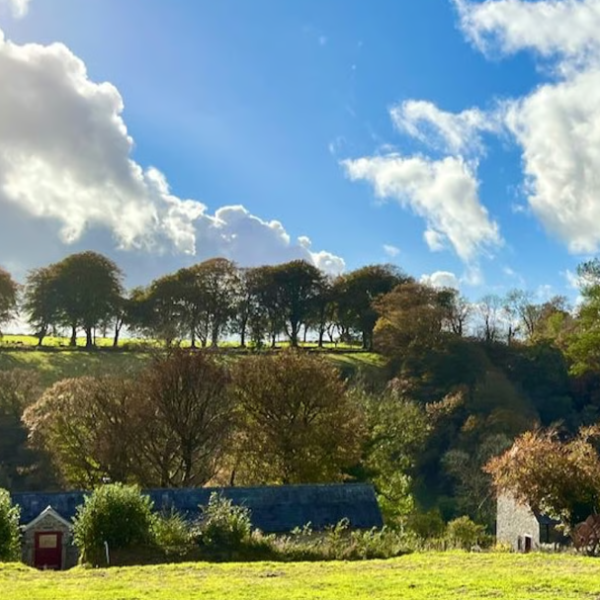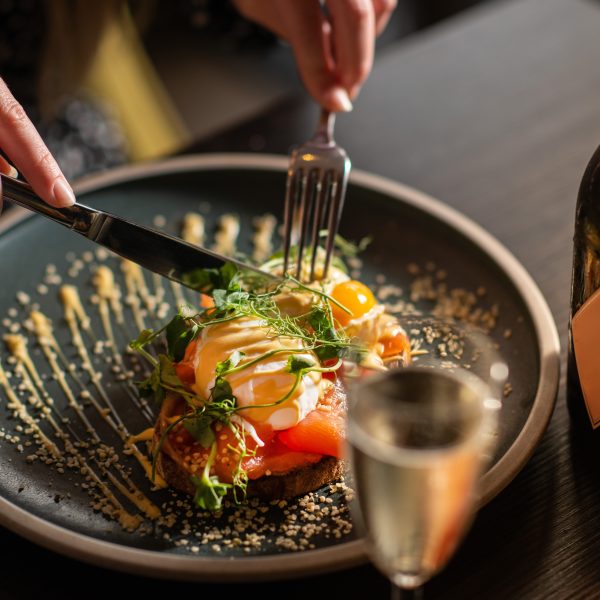As a sustainable tourism business, you will spend a good deal of your energy mitigating the factors leading to global warming. But, with the best will in the world, your efforts will only go some way to addressing global warming. Over time, your efforts will have an impact and we all hope we will see a decline in the incidence of new record temperatures being set year after year but, in the meantime, it is essential to be prepared for the impact of heatwaves and to protect your customers from their harmful effects.
Summer in the city is far from pretty
Cities frequently feature as meteorological hotspots due to the urban heat island effect. This is created in heavily built-up areas where there is lots of concrete, asphalt, stone, glass and steel. These heat up more quickly and retain heat in a way that rural areas don’t. Effectively this turns the city into a vast storage heater, so overnight temperatures do not drop as they do in country or seaside areas. If your business is city-based, it’s worth reminding visitors of this and providing advice on how to stay cool – especially overnight when overheating can impair sleep.
When dress sense makes sense
Providing a guide to your local climate will be a helpful addition to your website. In it, you can advise guests of the kind of clothing they will need such as sun hats , loose fitting and breathable clothing so they arrive fully prepared for the heat they are likely to encounter. If a heatwave is coming out of the blue, send out emails to avert those that have booked to be with you when it is forecast, so they can adjust their packing accordingly.
Learn from the locals
Local people who are acclimatised to your destination are a great way to help visitors understand how best to deal with your environment. Communicate to guests how the locals deal with the weather and use that to suggest ways they may wish to adapt their behaviours such as taking a siesta or relaxing through the hottest hours of the day in a particularly shady or waterside place.
When cover-ups are a good thing
If you have outdoor dining or relaxation facilities, think about providing areas of shade under which guests can relax such as garden umbrellas pergolas, canopies and gazebos. You could also rearrange seating to take advantage of natural shade such as trees and shrubs. If they’re going out and about, consider loaning guests umbrellas or parasols on a deposit or complimentary basis. You could also provide complimentary sun hats for those guests that have not come equipped for the heat – a helpful touch but also a potential branding opportunity. The powerful sun that is usually a feature of heatwaves is also an opportunity to look after your guests’ skin with sun creams in dispensers in their rooms or in handy recyclable or reusable containers at reception.
Avoiding mid-day sun
In any heatwave, the midday sun is to be avoided at all costs so advise guests to schedule their days safely avoiding the highest temperatures. If you are planning any events, make sure that you schedule them appropriately so that guests can enjoy them without being overwhelmed by the heat.
Hydration Stations
You probably already provide guests with hydration stations to reduce the use of single use plastics, but these are even more vital when temperatures soar. Staying hydrated in hot weather is essential to human health and reminding guests and visitors to your tourism business should be a key part of your hospitality package. Providing complementary reusable water bottles is a nice giveaway and a good branding opportunity.
Supplying fans will win you fans
If your business is in a perennially hot climate, you will probably have fans permanently fitted in your accommodations. However, if you experience high temperatures less frequently, having a supply of plug-in fans that visitors can use in their rooms will help them cope with the heat and perhaps consider providing misters too. You could even supply rechargeable personal fans for customers from your reception area that they can return for recharging when they run out or before departure.
Put your plans on ice
When days get really sweltering, why not provide your guests with some frozen treats. Granitas, sorbets and gelati will always be welcome additions to the menu on a scorching day or you could create your own bespoke ice lollies or ice poles to cool your visitors down on the go. Chilled or frozen fruit can make a deliciously refreshing treat that’s healthy and sustainable. Have plenty of ice on standby so you can add additional servings to refreshments to keep your guests extra cool.
Keeping the shutters shut
People unused to hot climates often assume that shutters are simply there to keep bad weather and light out. It is worth reminding guests that closing their blinds shutters of curtains through the day will keep the heat out, especially on south-facing windows and facades.
Rethink your menu
People tend to want to eat less when it’s hot and they are more likely to want fresh, cold foods such as salads, so plan your menu with that in mind. Maybe come up with specials that have been specially designed to take the heat off. Not having to cook so much could also reduce your energy use in the kitchen as well as lowering your energy bills and your carbon emissions – seems it’s not just clouds that have a silver lining.
Summary
We have just skimmed the surface of what you can do to help your customers navigate a heatwave, but we hope we have inspired you to think of even more tactics. The key is being thoughtful about every area the heat will impact your guests and mindful that not all of your guests will be fully of the risks associated with extreme heat. Being seen to have “thought of everything”, in conditions that many guests will find challenging, will reflect well on your business, especially if you do it in ways that are aligned with a sustainability strategy that is addressing the climate emergency that is fuelling extreme weather events such as more regular heatwaves.

